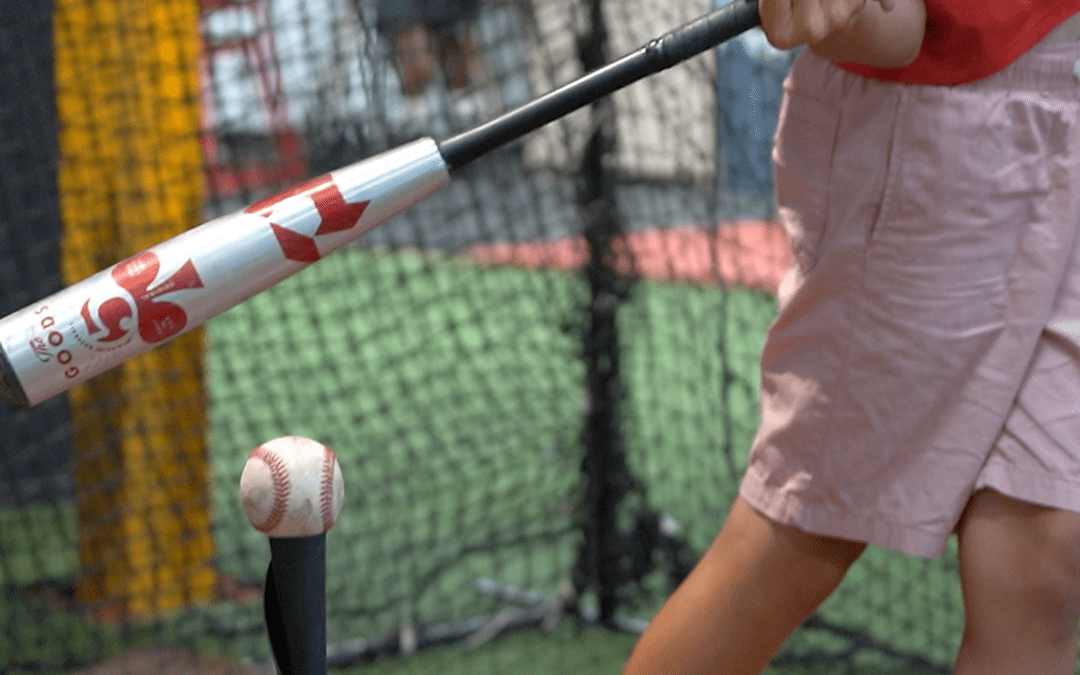Author: Rick Johnston – Co-Founder, The Baseball Zone
Co-Author/Editor: Jayson Eljawhary – Coach, The Baseball Zone/Terriers
Hope is not a plan to become a great hitter.
To be exceptional at anything, exceptional preparation is an absolute necessity. With this, one can expect to consistently perform at a high level. As a hitter, you either want to be exceptional…I mean, really WANT IT… or you don’t. If a hitter is hoping for a good at-bat or hoping that he will get a good pitch, then preparation for the plan is just that…HOPE!
The greatest hitters in the world – those you see on TV – didn’t learn how to plan and adapt AFTER they became great. Their preparation and commitment were part of their ascension to greatness long before they became professionals. All great hitters have the following 5 elements of planning as part of their hitting success:
Away From the Game
Long before any game is played, hitters will spend hour after hour working on the dissection of their swing, analytically breaking down the do’s and don’ts in preparation to put together consistent at-bats. Every great hitter goes through this process with the mindset that this is a plan, not a hope. This element requires the most time and detail and is done in the off-season, in the weight room, in the cage, off the tee, watching some video, visualizing at-bats, situations, etc. Many athletes bemoan the use of tee work in particular, thinking it is intended for beginners or younger players – this could not be further from the truth, which is why many professional hitters frequently work off the tee today. These long, hard hours can often be solitary – if you cannot handle or embrace this part of the process, the next steps will not matter much.
Pre-Game BP
The hitter will then shift the plan from practice to pre-game batting practice, concentrating on seeing the ball, getting used to the hitter’s eye background, the batter’s box, and the overall feel of the atmosphere. The primary goal here should be to hit the ball where it is pitched and drive it from gap to gap – in other words, swing easy and hit it hard. Though having a great batting practice (BP) will not always guarantee a great game or, for that matter, even a good game, it should lend a hand psychologically. The hitter who thinks he can hit has a considerable edge over any hitter who has reservations about himself.
In Between At Bats
Next, while in the dugout, concentrate on the pitcher and his delivery, possible tendencies, and overall pitch selection/sequencing. Pitchers are creatures of habit and will give things away early. The overall plan needs to surface from the onset if any hitter is to get the most out of every at-bat. This is valuable information that is a must to possess. Many athletes will waste this time talking to teammates about topics unrelated to the game – this is not time to joke around or talk about what you are doing afterwards. The most consistent hitters are the most dedicated to their craft and will look for any way to get ahead of the opposing pitcher – a dedicated hitter, for example, will return to the dugout after their first at-bat and provide information to teammates to better inform them while also taking this information into their next at-bat.
On Deck
The on-deck circle becomes the hitter’s next true place of preparation. While in the hole, one can argue that preparation is performed (I won’t disagree), but true preparation happens on deck. The hitter should move to a position where he can get the plate and the pitcher between him to assist in the timing of each pitch. If the umpire will not consent to this, no problem – an alternative is to get to the designated on-deck location and get the mind working in harmony with the body. This is not a time to think about stats, nor the time to turn your back on the field and talk to your teammates, another common theme among young athletes. This is the time to get mentally into the zone – relax, concentrate, and prepare.
At Bat, Between Pitches
Now, at the plate, it is time to observe the mannerisms of the pitcher after each pitch is made. It will become clear when a pitcher is not happy with a pitch and, at this time, usually reveals a giveaway for the next pitch. After each pitch, step out, relax, re-gather, stay with the plan, and avoid deviation – you, as the hitter, have put too much time into it to start scrambling. Use the in-between pitches to slow down or control the tempo of the at-bat – do not let the pitcher dictate the hitter’s tempo. Some pitchers like to work fast, especially in a groove. Again, as the hitter, stick to your plan and your routine. Channel away from distractions; do not channel the distractions toward you. Control the controllable and focus clearly on the task at hand, total concentration on each pitch.
With this in mind, we do have to consider making adjustments depending on how the at-bat goes – for example, if your team has baserunners on with less than two out in a close game, your adjustment may change to move the runners over and help the team. Being in a two-strike count is another good example of having to adjust – with this in mind, we still need to incorporate our pre-planned approach to these situations as much as possible.
Conclusion
Watch any high-level sporting event, and see athletes going through their own routines during pre-game warmups or during the game itself, and for good reason. It helps put the mind and body into a high-performing, auto-pilot state. Baseball is no different, and in a slower, more deliberate game than a free-flowing, reactionary game like hockey, it provides an excellent opportunity to establish and implement your own routine before every play or pitch -don’t miss out on that opportunity. Establishing a routine or a plan eliminates hope. Remember, hope is not a plan, and if you rely on hope to get a base hit, it might be time to start putting a little effort into planning!


